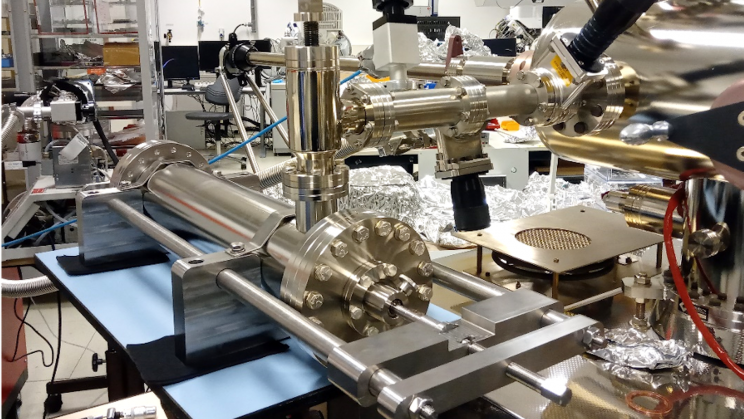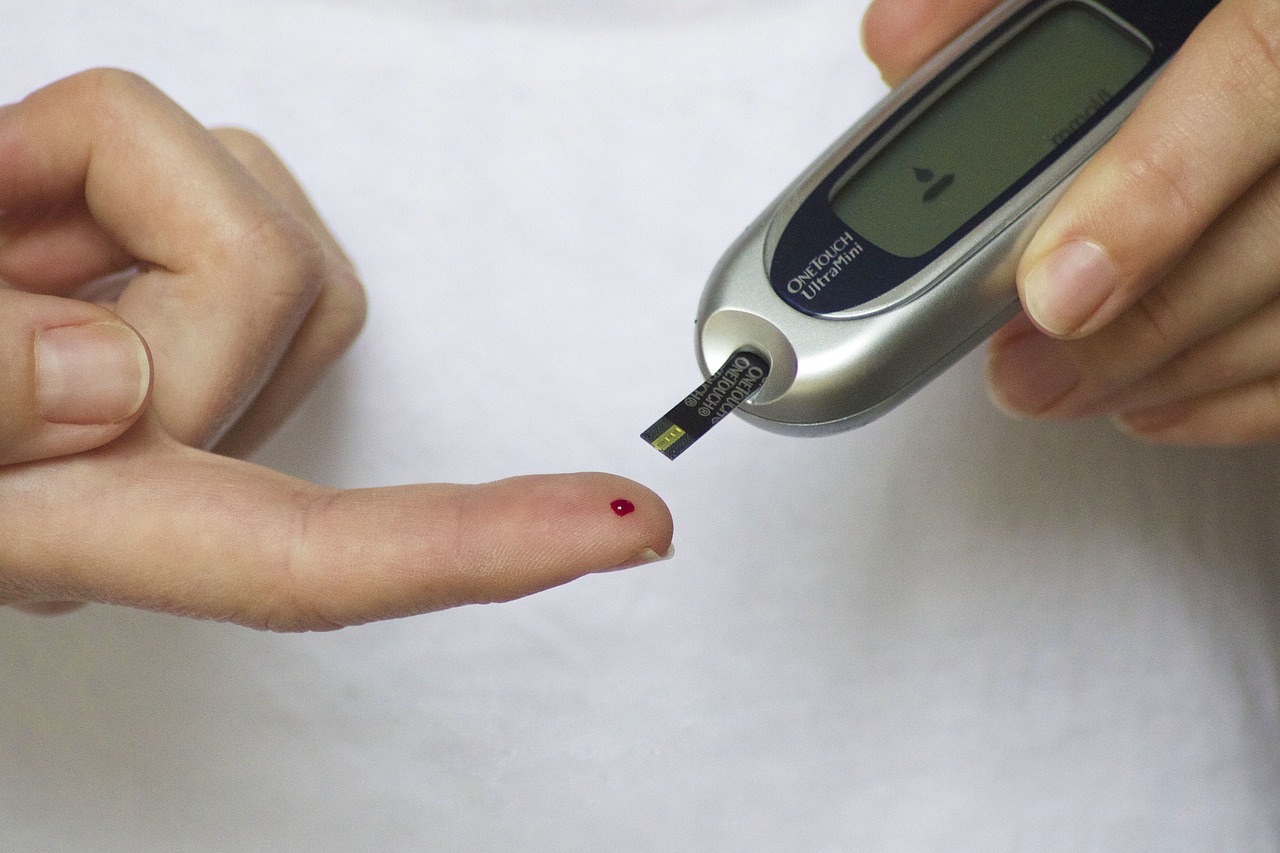Scientists have achieved a remarkable feat by making live mice transparent, offering a unique glimpse into their internal structures. In a breakthrough experiment, Zihao Ou and his colleagues at the University of Texas and Stanford University developed a new method. They used a common food dye to make a living mouse’s tissues translucent. This revealed hidden details of blood vessels, organs, and even tiny muscle contractions.
The Science Behind Transparency
The key to this groundbreaking technique lies in the physics of light absorption and scattering. By applying a strongly absorbing dye called tartrazine (FD&C Yellow 5) to the mouse’s skin, the researchers were able to alter the refractive index of the tissues. As a result, red and orange wavelengths of light were able to penetrate deeper, creating a temporary transparency effect.
A Time-Limited Effect
“It takes a few minutes for the transparency to appear. It’s similar to the way a facial cream or mask works: the time needed depends on how fast the molecules diffuse into the skin,” said Dr. Zihao Ou. Importantly, this effect is temporary and reversible. Additionally, the dye is biocompatible, meaning it poses no harm to the animals.
Potential Medical Breakthroughs
The implications of this discovery are profound. For instance, it opens new possibilities for medical research by allowing scientists to observe the development and progression of diseases in real time. Furthermore, this technique could lead to improved surgical procedures and non-invasive diagnostic methods. By integrating it with other imaging techniques, researchers can gain a more comprehensive understanding of the human body and develop innovative solutions to health challenges.







